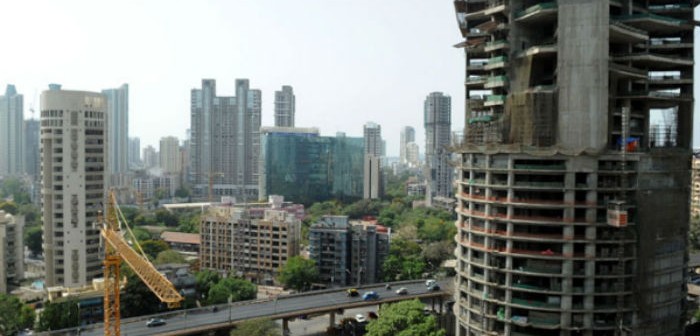When? That’s the question on everybody’s lips. When will Prime Minister Narendra Modi unveil his big picture for transforming the Indian economy?
The short answer to that is: look at the small initiatives that his government has announced since coming to power; join the dots; and the outlines of the big picture will begin to emerge.
In his first four months in office, the Modi government has announced several small measures – tweaking the existing system to make it more responsive to the needs of a dynamic and growing economy.
He has taken several steps to improve the ease of doing business in India. Among them are measures to end, or at least substantially reduce, the influence of India’s notorious Inspector Raj. He has also fast tracked environment clearances to smoothen the wrinkles caused by the ministry that has caused the maximum damage to the economy over the last five years. He has also introduced self-certification for a number of issues, both for individuals and companies, that earlier needed the signature of a gazetted officer, thus, removing a major irritant.
Then, his government has initiated a major exercise to scrap obsolete or obstructionist laws that clutter up the statute books and contribute to the red tape and bureaucratic delays that drive investors away.
His scheme to build millions of toilets across both urban and rural India is actually a disguised stimulus package. Over the next five years, the government and the private sector will spend about $23 billion on this scheme, thus, setting in motion a construction boom that will reverberate across scores of industries that will supply bricks, cement, steel, sanitary ware, plumbing and other raw materials.
Then, his Make in India initiative can, potentially, transform the Indian manufacturing industry the way the Green Revolution changed the face of Indian agriculture and Operation Flood, which transformed India from a milk deficient nation to a country that was self sufficient in this critical food product.
But industry is waiting for the government to walk the talk. The policy paralysis of the last few years and the resulting slowdown has resulted in about $250 billion worth of projects in critical sectors such as power, mining, iron & steel and cement, among many others, getting stuck at various stages of implementation.
Industry is unlikely to come forward with fresh investments till this massive investment gets off the ground. And that is what the government’s efforts at removing various roadblocks will deliver results.
They will not make headlines. But away from the public eye, these so-called “little measures” will grease the stalled wheels of Indian industry. There are early indications that this might already be happening. GDP growth in the first quarter of the current financial year has already picked up to 5.7 per cent and the consensus is that this trend will sustain.
But, it may take another year to get all the stalled projects back on track. The resulting increase in growth rates – and the return of the feel good factor – will give the government the political space to embark on more ambitious “big picture” reforms.
But before that, the government will have to fix the system and put in place robust mechanisms that can sustain fast growth in the future.
Japan and China have committed large investments in this country. The US may also follow suit.
The proof of the pudding is in the eating. If the government can sustain the upward curve in the GDP growth rate, the pudding will taste particularly sweet.
Analysts and experts are optimistic about India’s economic future. If, as expected, Indian growth rates return to the 7 per cent-plus trajectory in two years, the big picture, which may be nothing more than the sum of the many small measures being initiated by the government, will become evident for all to see.
The above article was first published on India Inc
Manoj Ladwa is the founder of India Inc and chief executive of MLS Chase Group @manojladwa







